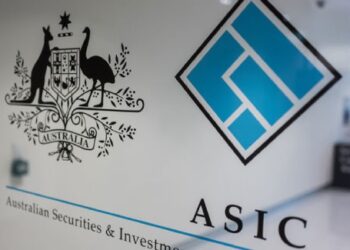SMSF practitioners tend to get “quite nervous” about NALI, although in some cases it may not necessarily be a disastrous option for trustee clients, AMP SMSF’s Peter Burgess said at the Chartered Accountants Australia and New Zealand National SMSF Conference on the Gold Coast.
“We don’t set out to pay 47 per cent tax on any income that a fund receives on a particular investment,” Mr Burgess said.
“But in some cases, if the client is already on the highest marginal tax rate anyhow, it may not necessarily be a bad thing that they’ve had to pay NALI on the income that the fund has received because they would’ve paid that amount of tax if they’d received it themselves anyhow.
“It’s probably better off that it’s ended up in the SMSF because then it can continue to accrue in a tax-concessional environment.”
Mr Burgess reminded conference delegates that NALI is income, not a contribution, and NALI itself is not a breach.
“As long as you’re reporting it correctly it’s not a breach, it’s not a contravention. It just means that the fund has to pay a higher rate of tax on that asset,” he said.
The advice guidelines which ASIC released towards the end of July could be problematic, Mr Burgess added, in that they may result in some advisers suggesting SMSFs are more risky than they actually are.
“Off the back of these information guides, my concern is that we may start to see some statements of advice with pages of generic risk about setting up an SMSF – and it’s going to complicate the advice process,” he said.
“A lot of advisers already disclose these risks – they do it by providing access to ATO material which provides generic information about this risk. I think this practice should continue after release of these guidelines.”
Mr Burgess said he is also concerned that SMSF clients’ lack of access to statutory compensation may be seen as riskier than is actually the case.
“A client goes into an SMSF and they no longer have access to statutory compensation in the event of theft or fraud. Well, that’s true, but the [risk] depends on how they’re investing the underlying investment,” he said.
“If your client has their money invested in listed shares, the risk of having no access to statutory compensation is no greater in an SMSF than it is in an APRA-regulated fund. Why? If you got a listed share and they suffer theft or fraud, and as a result their share price goes down, how do you work out what proportion of the downturn relates to the theft or fraud versus just normal market movements? Good luck, in my view.”
He also noted that SMSF trustees have a heavy exposure to cash and term deposits, but Australian banks are already covered by certain codes of conduct that will see clients compensated or refunded in the event of theft or fraud.
Mr Burgess said that certain situations, however – such as entering a managed investment scheme – could be riskier and clients need to have those risks adequately explained and assessed.
Read more:
ATO sounds alarm on ‘serious threat’ to SMSF system
Equity trustees warns SMSFs against will apps
Younger trustees causing shift in SMSF models



An interesting principle regarding NALI not being a contribution.
How does this view accord with paragraph 142 of TR 2010/1?
“142. An appointment of income or capital made by the trustee of a discretionary trust to a superannuation provider is, however, a contribution to the fund. In these circumstances, the appointment increases the capital of the superannuation fund”….
The problem with NALI is not necessarily the tax payable but the identification with the associated “scheme” which is often how the determination is arrived at rather than a deliberate act.
Your point could be relevant in the case of discretionary trust distribution where its a lay down mizzare however, its more often than not a part of some convoluted
scheme to try and shelter income which is discovered down the track. The GIC and penalties are a killer.